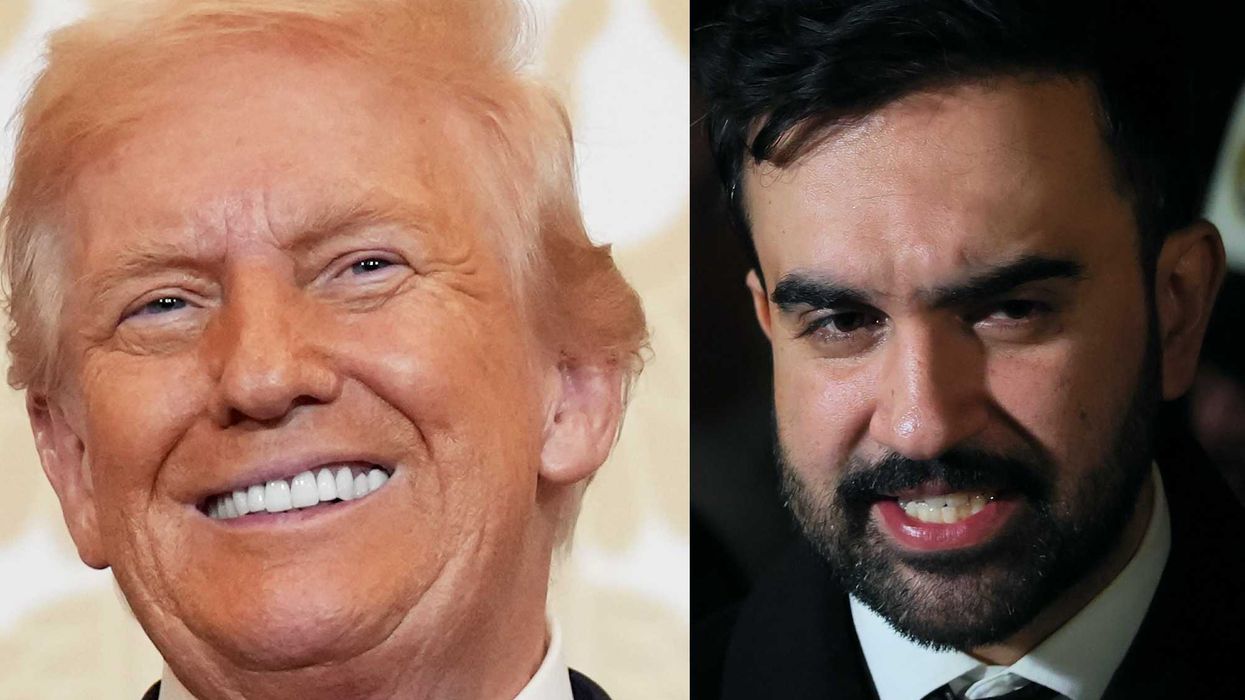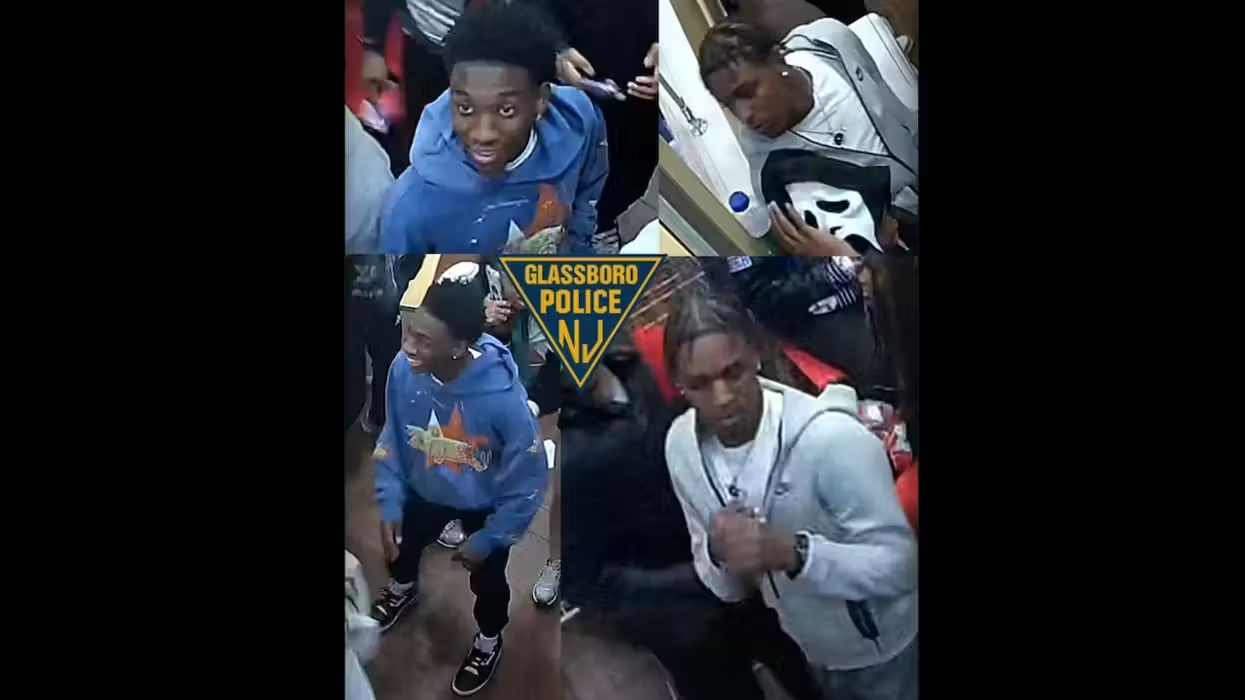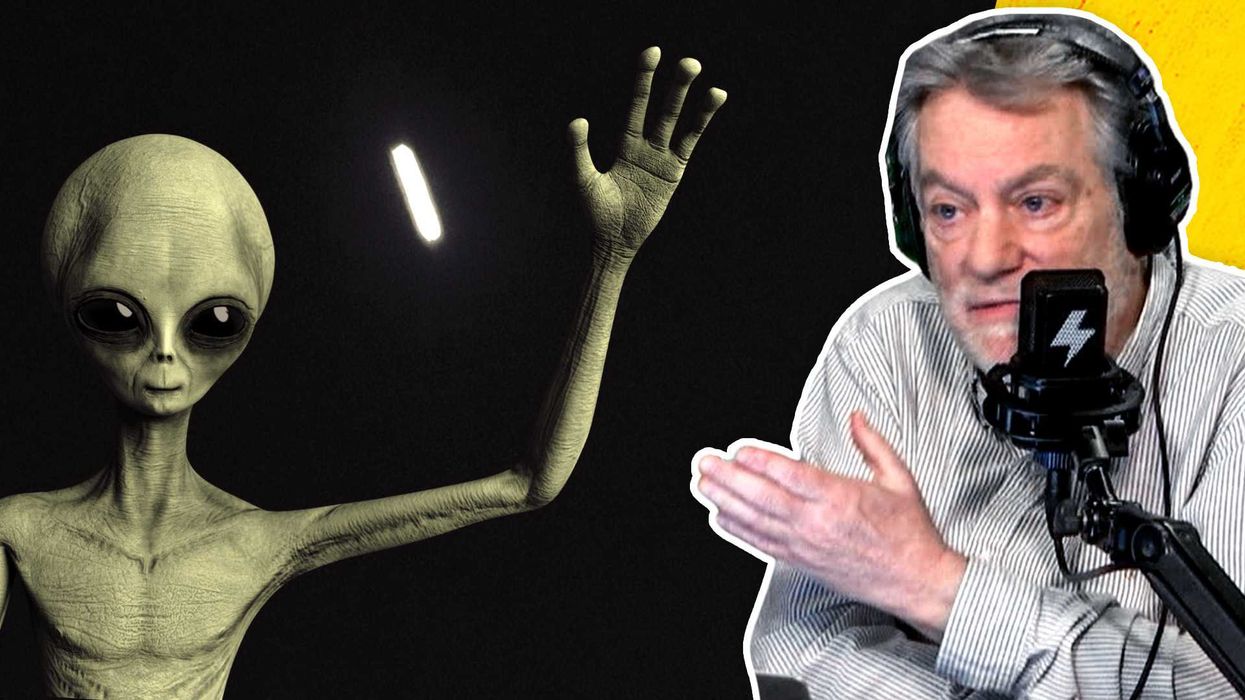
© 2025 Blaze Media LLC. All rights reserved.
You Know the 'You're Not Alone' Feeling? Scientists Found Out What's Happening in the Brain
November 07, 2014
"Feeling of a presence."
You know the feeling. It's the one where the hairs on your arm stand up and when you're sure you can feel someone watching you but turn around and find no one there — at least no one you can see.
Is something otherworldly causing this sensation or is something biological happening?
While there might never be a definitive answer to that question, scientists think they found where ghosts live, at least in the brain.
 Was it all in your head or did you really feel something behind you? (Photo credit: Shutterstock)
Was it all in your head or did you really feel something behind you? (Photo credit: Shutterstock)
Researchers with the Swiss Federal Institutes of Technology in located in Lausanne, Switzerland, created a robot that allowed them to trigger the "feeling of a presence" phenomenon in the brain.
"Here, we performed lesion analysis in neurological FoP patients, supported by an analysis of associated neurological deficits," the researchers wrote in the study abstract published in the journal Current Biology. "Our data show that the FoP is an illusory own-body perception with well-defined characteristics that is associated with sensorimotor loss and caused by lesions in three distinct brain regions: temporoparietal, insular, and especially frontoparietal cortex."
The robot the team made created "sensorimotor conflicts" and allowed the researchers to "induce the FoP and related illusory own-body perceptions experimentally in normal participants."
 This image depicts a person experiencing the ghost illusion in the lab. (Caption and image credit: Alain Herzog/EPFL)
This image depicts a person experiencing the ghost illusion in the lab. (Caption and image credit: Alain Herzog/EPFL)
Study participants were blindfolded and performed movements with their hand. Behind them though, the robot was mimicking these same movements on the participant's back. When the movements of the participant and the robot where synchronized, the brain experienced a spatial discrepancy but corrected for it. When the movements were not synchronized, however, the illusion of another presence was achieved through distortion of temporal and spatial perception.
During this latter phase, Giulio Rognini, who led the study, said the feeling was so strong for some participants that they asked for the experiment to be stopped.
"Our experiment induced the sensation of a foreign presence in the laboratory for the first time. It shows that it can arise under normal conditions, simply through conflicting sensory-motor signals," Olaf Blanke, a researcher with the institute, said in a statement. "The robotic system mimics the sensations of some patients with mental disorders or of healthy individuals under extreme circumstances. This confirms that it is caused by an altered perception of their own bodies in the brain."
Watch this video about the study with footage showing how the robotic system worked:
In addition to helping explain why some people might experience the phenomenon of sensing a ghostly presence, the research could also help scientists better understand what is going on in the brains of schizophrenics as well.
"Our brain possesses several representations of our body in space," Rognini said. "Under normal conditions, it is able to assemble a unified self-perception of the self from these representations. But when the system malfunctions because of disease — or, in this case, a robot — this can sometimes create a second representation of one's own body, which is no longer perceived as 'me' but as someone else, a 'presence'."
—
Front page image via Shutterstock.
Want to leave a tip?
We answer to you. Help keep our content free of advertisers and big tech censorship by leaving a tip today.
Want to join the conversation?
Already a subscriber?
more stories
Sign up for the Blaze newsletter
By signing up, you agree to our Privacy Policy and Terms of Use, and agree to receive content that may sometimes include advertisements. You may opt out at any time.
Related Content
© 2025 Blaze Media LLC. All rights reserved.
Get the stories that matter most delivered directly to your inbox.
By signing up, you agree to our Privacy Policy and Terms of Use, and agree to receive content that may sometimes include advertisements. You may opt out at any time.





